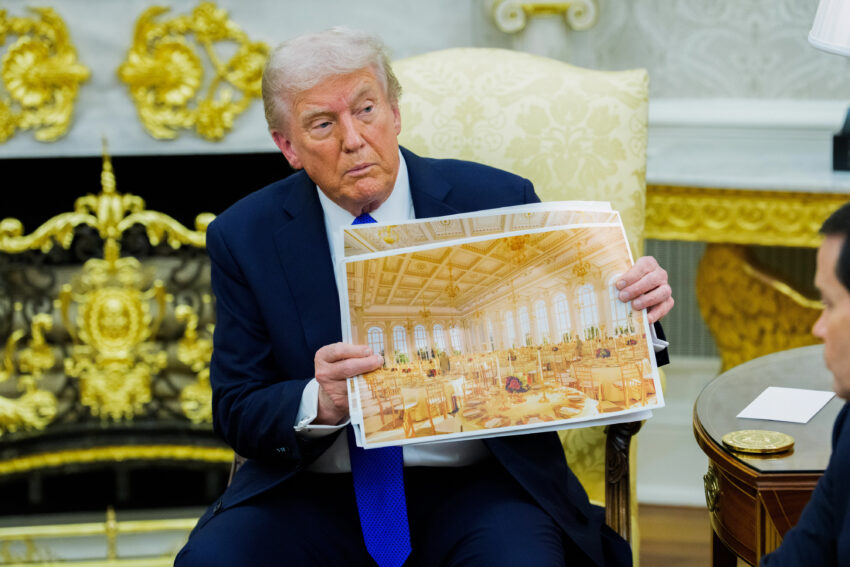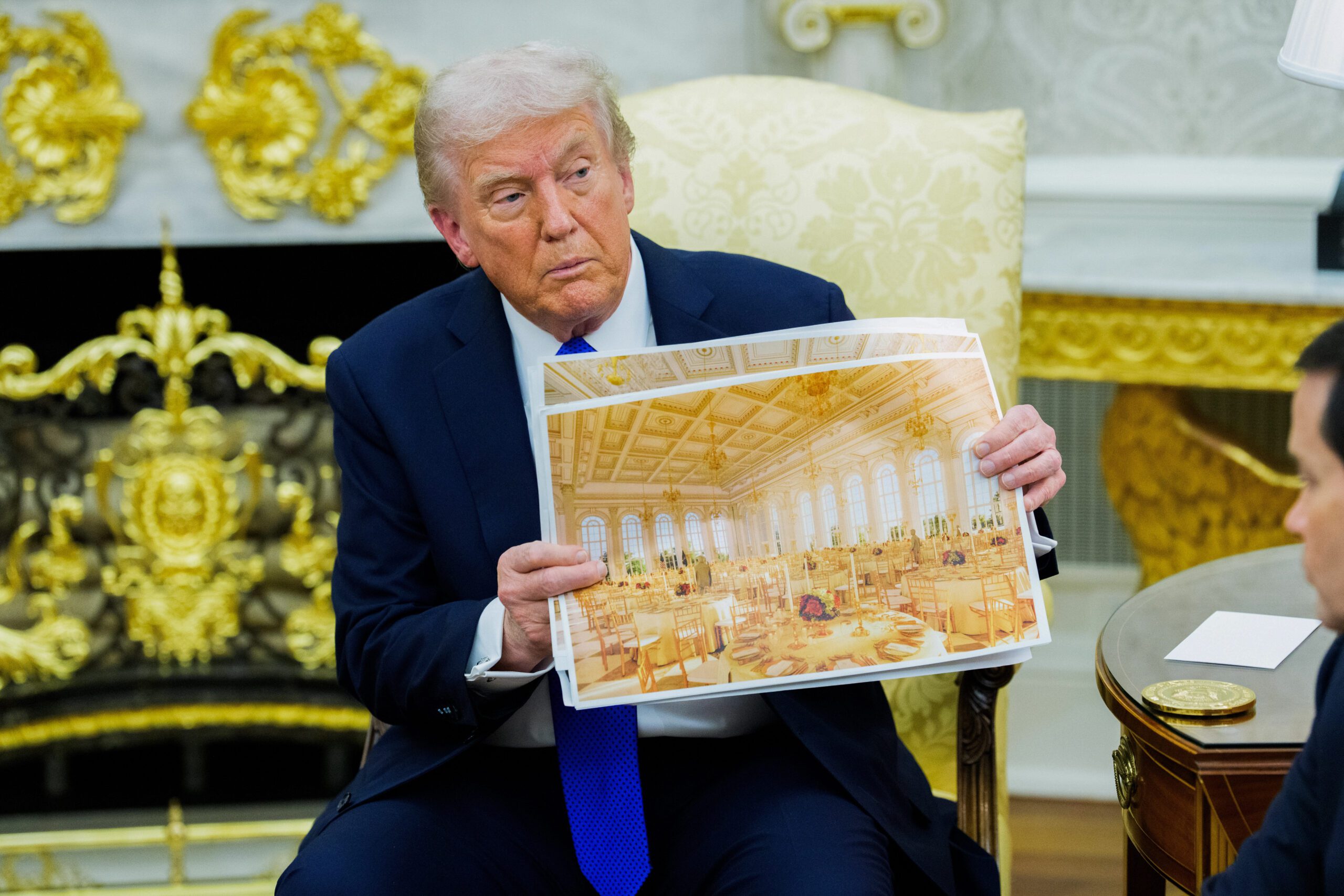
trump s got big tech and crypto Former President Donald Trump is undertaking a significant renovation of the East Wing of the White House, transforming it into an opulent grand ballroom, with funding primarily sourced from private donations rather than taxpayer dollars.
trump s got big tech and crypto
Project Overview
The ambitious project, which is expected to cost around $300 million, aims to create a lavish space for hosting events and gatherings. Trump has publicly stated that the financial burden will not fall on taxpayers, asserting that private donors, including himself, will cover the expenses. This announcement has sparked discussions about the implications of such funding sources for a project located within the nation’s most iconic residence.
Funding Sources
On Thursday, the White House released a list of donors contributing to the grand ballroom project, revealing that some of the largest names in the technology sector are involved. While the exact contributions from each donor remain undisclosed, the presence of major tech companies raises questions about the influence of corporate interests in political projects.
- Amazon
- Apple
- Meta
- Microsoft
Among these, Google-owned YouTube has committed over $20 million to the project as part of a controversial settlement related to a lawsuit Trump filed in 2021. This settlement has drawn scrutiny, as it intertwines corporate funding with political endeavors, potentially blurring the lines between private interests and public service.
Crypto Contributions
The cryptocurrency sector is also significantly represented in the list of donors. Notable contributors include:
- Ripple
- Tether America
- Coinbase
- Cameron Winklevoss
- Tyler Winklevoss
The involvement of these cryptocurrency firms highlights the growing intersection between politics and the rapidly evolving digital currency landscape. As cryptocurrencies gain traction, their influence on political funding and policy-making is becoming increasingly apparent.
Corporate Influence in Politics
The participation of major corporations in funding a project within the White House raises important questions about corporate influence in politics. Critics argue that such financial contributions can lead to a form of quid pro quo, where donors may expect favorable treatment or policies in return for their support. This concern is particularly pronounced given the scale of the contributions and the high-profile nature of the project.
Trump’s administration has been characterized by its close ties to the business community, and this latest initiative appears to further entrench those connections. The presence of tech giants and cryptocurrency firms in the donor list suggests that these industries are seeking to solidify their relationship with the political establishment, potentially shaping future legislation and regulatory frameworks.
Reactions from Stakeholders
The announcement of the grand ballroom project and its funding sources has elicited a range of reactions from various stakeholders. Supporters of Trump argue that the project will enhance the White House’s ability to host significant events and promote American culture. They view the private funding model as a practical solution to avoid using taxpayer money for such endeavors.
Conversely, critics express concern over the implications of corporate funding in a project that is closely associated with the presidency. They argue that the involvement of major corporations could undermine public trust in government institutions and lead to a perception that political decisions are being influenced by wealthy donors rather than the electorate.
Historical Context
The renovation of the East Wing is not the first time the White House has undergone significant changes. Throughout its history, the White House has seen various renovations and expansions, often funded by private donations. However, the scale of this project and the involvement of high-profile corporate donors set it apart from previous initiatives.
Historically, the White House has been a symbol of American democracy and governance. The East Wing, specifically, has served various functions, including housing the First Lady’s office and hosting events. The transformation into a grand ballroom marks a shift in its intended use, potentially prioritizing opulence over its traditional roles.
Implications for Future Administrations
The funding model established by Trump’s grand ballroom project could have lasting implications for future administrations. If successful, it may set a precedent for subsequent presidents to seek private funding for their initiatives, further entrenching corporate influence in the political sphere.
Moreover, the project raises questions about transparency and accountability in political funding. As more private entities become involved in funding government projects, the potential for conflicts of interest and ethical dilemmas increases. Future administrations may need to navigate these complexities carefully to maintain public trust and uphold democratic principles.
Conclusion
The renovation of the East Wing into a grand ballroom, funded by a mix of private donations from major tech companies and cryptocurrency firms, marks a significant development in the intersection of politics and corporate influence. As the project unfolds, it will be essential to monitor the implications for public trust, transparency, and the role of private funding in government initiatives. The outcome of this project may shape not only the physical landscape of the White House but also the future of political funding in the United States.
Source: Original report
Was this helpful?
Last Modified: October 24, 2025 at 7:39 pm
2 views















